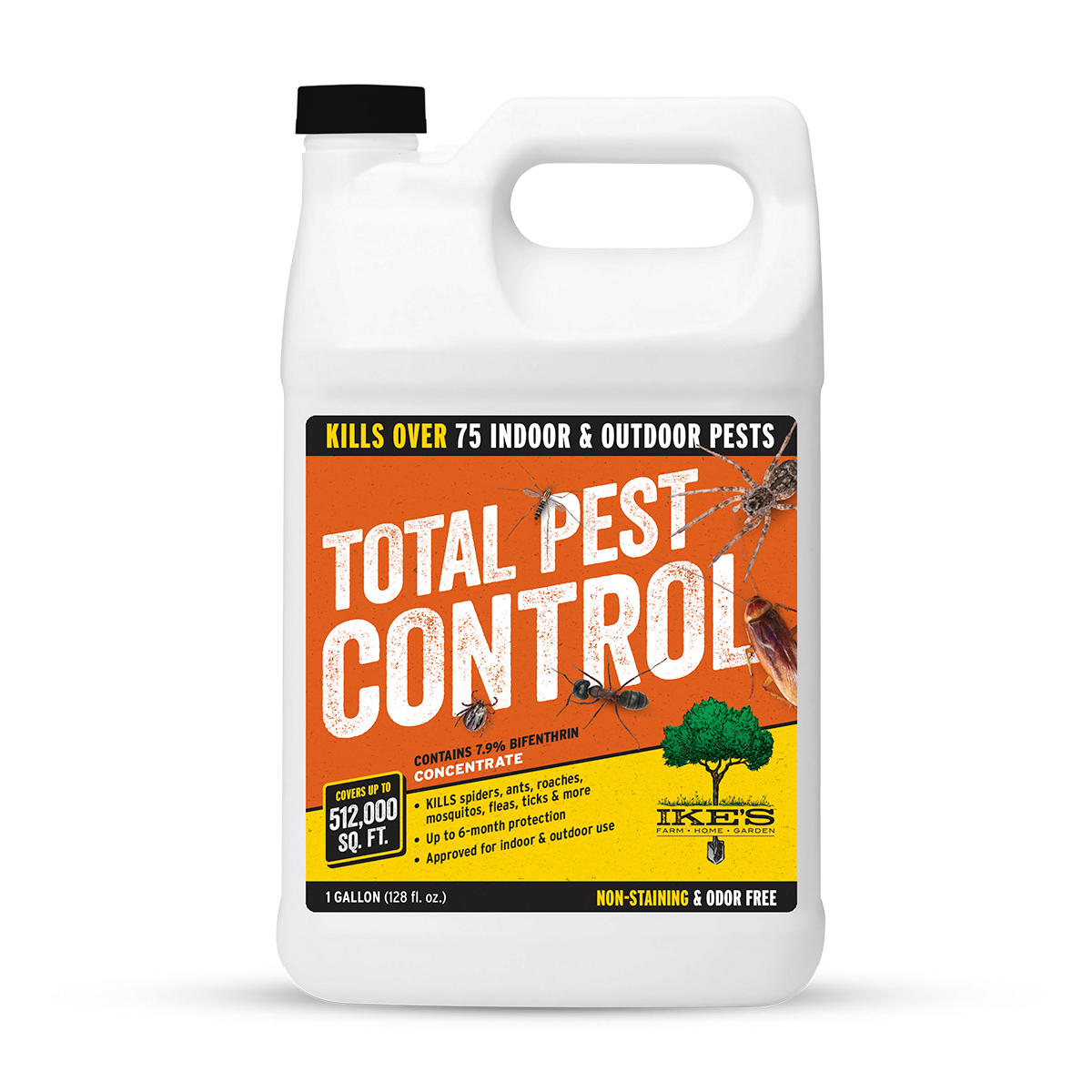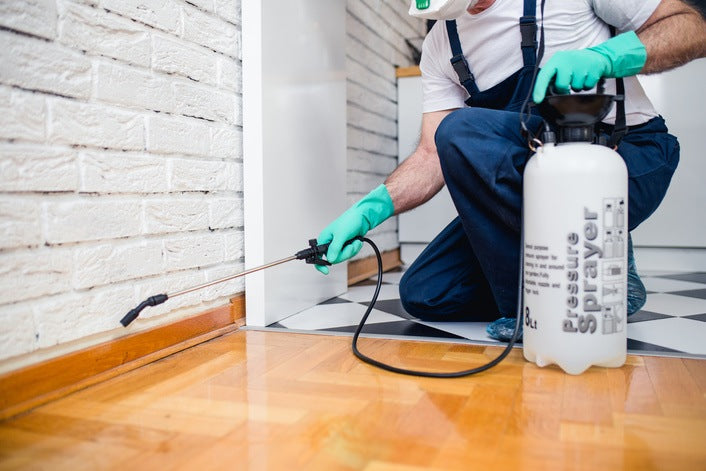Most Effective Pest Control Homestead Solutions for Lasting Protection
Wiki Article
Pest Control 101: Identifying Common Vermin and Their Reliable Treatments
Parasite control is a basic aspect of preserving a healthy living environment. Common parasites like ants, rodents, and various insects can present substantial obstacles. Comprehending their habits and indications of infestation is important for efficient monitoring. While chemical services exist, there are likewise natural options worth taking into consideration. As one checks out the nuances of insect identification and treatment options, the importance of avoidance methods becomes progressively apparent. What methods can really maintain pests away?Recognizing Ants: Kinds and Their Environments
Ants, tiny yet formidable pests, are a diverse team that can be found in various atmospheres around the world. There more than 12,000 recognized types, each displaying distinct habits and adjustments. Common types consist of the black garden ant, which grows in warm locations, and the fire ant, known for its excruciating sting, prevalent in warmer regions. Carpenter ants choose damp timber, making them a worry for home owners, while scent-laden house ants are attracted to human food resources.Ants build detailed nests, usually underground, in timber, or within frameworks. Their habitats range from woodlands to urban setups, showcasing their versatility. The majority of types are social, living in swarms that can vary in size from a couple of lots to millions. Recognizing the kind of ant is important for effective bug administration, as each varieties has different nesting routines and foraging actions that influence control techniques. Comprehending their environments aids in prevention and therapy efforts.
Identifying Rats: Indicators of Problem
Rodents, like ants, can posture significant difficulties for organizations and property owners alike. Identifying indicators of an infestation is vital for efficient parasite control. Usual indicators consist of droppings, which are commonly located near food sources or nesting locations; tiny, dark pellets that can be misinterpreted for seeds. Chewed cords, furniture, or product packaging might likewise signify a rodent existence, as they constantly nibble to keep their teeth convenient. Furthermore, house owners might observe gnaw marks on walls or wall surfaces. Undesirable smells, originating from pee and droppings, can suggest a larger issue. Damaging or scurrying noises, particularly at evening, are another indication of rodents. The visibility of nests, generally made up of shredded materials like paper or fabric, can confirm a problem. Addressing these signs promptly can help mitigate damage and stop the spread of illness associated with rats.Common Pest Vermin: From Aphids to Termites
Insects stand for a diverse group of parasites that can create chaos in homes and gardens, with types ranging from little aphids to harmful termites. Aphids are little, sap-sucking pests that can rapidly infest plants, leading to stunted development and distortion. They usually bring in ants, which secure them from all-natural predators. On the other end of the range, termites are infamous for triggering substantial structural damages to wooden frameworks. They eat cellulose discovered in wood, compromising the stability of homes and buildings. Various other common insect pests include cockroaches, which prosper in unhygienic problems, and vermins, recognized for their attacks and difficulty more info in elimination. Flies, particularly houseflies, can infect food and send diseases, while mosquitoes present wellness dangers via their attacks. Efficient parasite monitoring begins with determining these pests and recognizing their habits, which is vital for preventing infestations and securing both residential or commercial property and wellness.
Efficient Treatments: Chemical and Natural Solutions
While house owners typically look for prompt relief from insect problems, selecting the best therapy-- whether chemical or all-natural-- requires mindful consideration of effectiveness and security. Chemical solutions, such as pesticides and pesticides, can provide rapid results yet often bring threats, including prospective injury to non-target varieties and ecological concerns. Property owners should review tags, comply with application standards, and consider the timing of treatments to minimize risks.Alternatively, all-natural options, such as diatomaceous earth, necessary oils, or homemade traps, attract those looking for eco-friendly alternatives. Although they may take longer to show outcomes, several all-natural treatments are much safer for houses with kids and pet dogs - Pest Control Homestead. Integrated insect administration, which incorporates both chemical and all-natural approaches, can also be reliable. Inevitably, the option between these treatment types ought to straighten with the intensity of the problem, personal values pertaining to safety and security, and the specific parasite being targeted
Prevention Methods: Keeping Your Home Pest-Free

Additionally, proper landscaping can hinder insects; maintaining hedges cut and removing debris from the yard decreases concealing places. Homeowners must additionally think about wetness control, as several bugs thrive in damp conditions. Fixing leakages and ensuring correct drainage can minimize this threat. Employing natural deterrents, such as important oils or diatomaceous earth, can create a negative setting for insects. By implementing these approaches, people can develop a pest-free home and reduce the probability of future invasions.
Often Asked Concerns
How Do I Know if I Have a Pest Issue?
Indicators of a bug issue consist of droppings, chomp marks, nests, or uncommon sounds. Observing harmed food or building, along with unusual bites or rashes, may additionally indicate the existence of parasites in the environment.
Exist Any Seasonal Insect Trends to Be Knowledgeable about?

Can Indoor Plants Bring In Parasites?
Interior plants can undoubtedly bring in insects, as they supply a suitable setting for bugs like aphids and spider termites. Pest Control Homestead. Appropriate treatment and normal assessment are vital to maintain and stop invasions plant health and wellnessWhat Are the Health Risks Related To Bug Infestations?
Bug invasions pose different wellness risks, including allergic reactions, respiratory system concerns, and the spread of diseases. Exposure to pests like rats and insects can cause infections, bites, and contamination of food and living settings.Just how Usually Should I Inspect My Home for Bugs?
Normal examinations ought to happen at least as soon as every season, making sure any indications of parasite task are discovered early. Property owners might readjust frequency based upon their specific setting and previous bug problems. Uniformity is key.Usual insects like ants, rodents, and numerous bugs can pose significant obstacles. Recognizing the type of ant is vital for reliable bug monitoring, as each varieties has different nesting routines and foraging actions that influence control techniques. While home owners typically look for instant relief from pest infestations, picking the right therapy-- whether chemical or all-natural-- requires mindful factor to consider of efficiency and safety. Efficient insect control prolongs past prompt treatments; it also includes positive steps to avoid infestations before they begin. Seasonal insect trends frequently consist of raised rodent activity in fall as they seek heat, while springtime generally brings an increase of ants and termites.
Report this wiki page